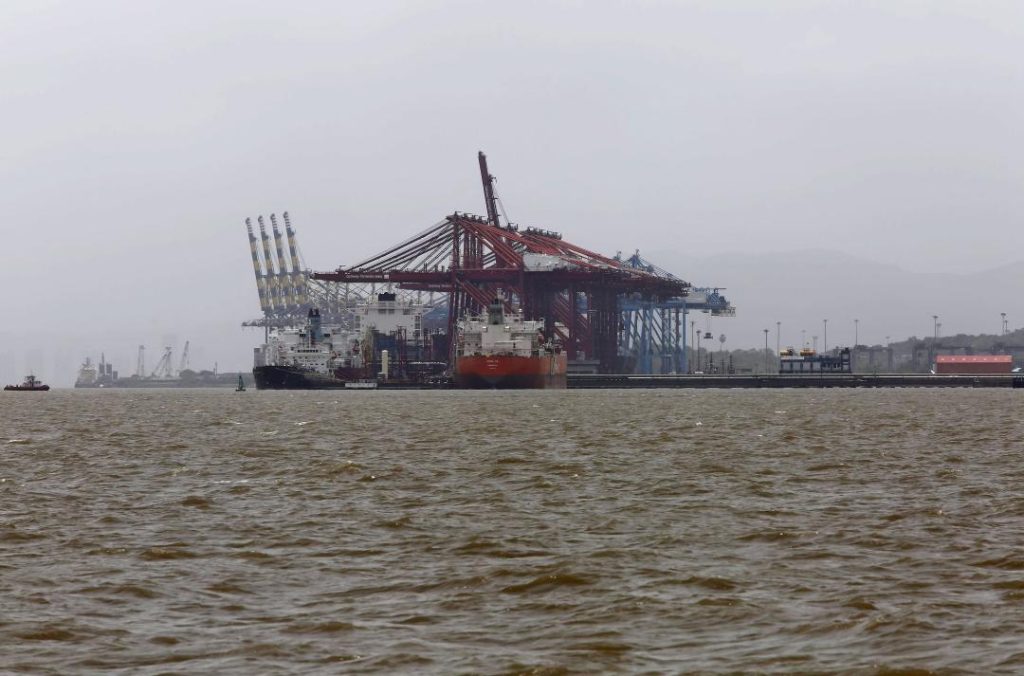
How was ₹800-cr scam undertaken by Tata firm & India’s largest container port’s ex-staff?
India’s largest container port, Jawaharlal Nehru Port (JNPT), has been in the news for all the wrong reasons lately. A recent scam involving former staff of Tata Consulting Engineers (TCE) and JNPT has left many wondering how such a massive fraud could have been undertaken. According to reports, the scam involving dredging of the port’s waters has resulted in cumulative losses exceeding ₹4,200 crore.
For those who may not be familiar with the details of the scam, here’s a brief summary. The former staff of TCE and JNPT had undertaken a ₹800-crore project to deepen the vessel draft from 14 metres to 15 metres, and also opted for a single rate for dredging different types of rocks. Additionally, the contractors had undertaken dredging operations for an excess width, causing significant financial losses.
In this blog post, we’ll delve deeper into the scam, examining the modus operandi, the extent of the losses, and the consequences of such a massive fraud.
The Modus Operandi
The scam was undertaken by a group of former staff of TCE and JNPT, who had expertise in the field of dredging. They had been involved in the project for several years, during which they had gained intimate knowledge of the port’s operations and the dredging process.
According to sources, the group had planned the scam meticulously, taking advantage of their insider knowledge to manipulate the project’s parameters. They had chosen to deepen the vessel draft from 14 metres to 15 metres, which resulted in a significant increase in the cost of the project. The single rate for dredging different types of rocks was another clever ploy, as it allowed them to inflate the costs further.
The excess dredging operations for a wider width was another way in which the group had managed to siphon off funds. By dredging more than necessary, they had increased the project’s costs exponentially, causing significant financial losses to the port.
The Extent of the Losses
The cumulative losses incurred due to the scam are staggering. According to reports, the project had resulted in losses exceeding ₹4,200 crore. This is a massive amount, and it’s no wonder that the Central Bureau of Investigation (CBI) has taken notice of the scam.
The losses can be broken down into three main categories: the ₹1,163-crore loss caused by deepening the vessel draft, the ₹557-crore loss due to the single rate for dredging different types of rocks, and the ₹964-crore loss resulting from the excess dredging operations.
Consequences of the Scam
The consequences of this scam are far-reaching and severe. The port’s operations have been severely impacted, and it’s unlikely that the losses will be recovered anytime soon. The port’s reputation has also taken a hit, and it’s likely that international shipping companies will be cautious about doing business with JNPT until the situation is resolved.
The former staff of TCE and JNPT involved in the scam are likely to face severe legal consequences, including imprisonment and fines. The CBI has already issued summons to several individuals and companies involved in the scam, and it’s expected that the investigation will continue for several months.
Conclusion
The ₹800-crore scam undertaken by former staff of Tata Consulting Engineers and India’s largest container port Jawaharlal Nehru Port is a shocking example of the scale of fraud that can occur in India’s corporate world. The modus operandi of the scam, involving deepening the vessel draft, opting for a single rate for dredging different types of rocks, and excess dredging operations, was clever and calculated.
The extent of the losses is staggering, and it’s no wonder that the CBI has taken notice of the scam. The consequences of the scam are severe, and it’s likely to take several months for the situation to be resolved.
As we move forward, it’s essential that we learn from this scam and take steps to prevent similar frauds from occurring in the future. The Indian corporate world must be transparent and accountable, and those who engage in fraudulent activities must be held accountable for their actions.
Source:






